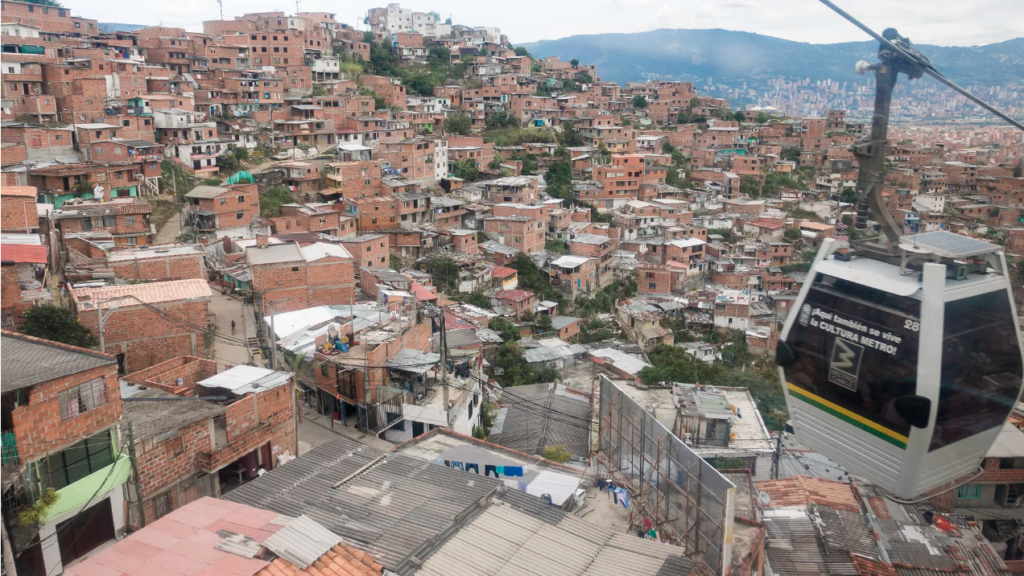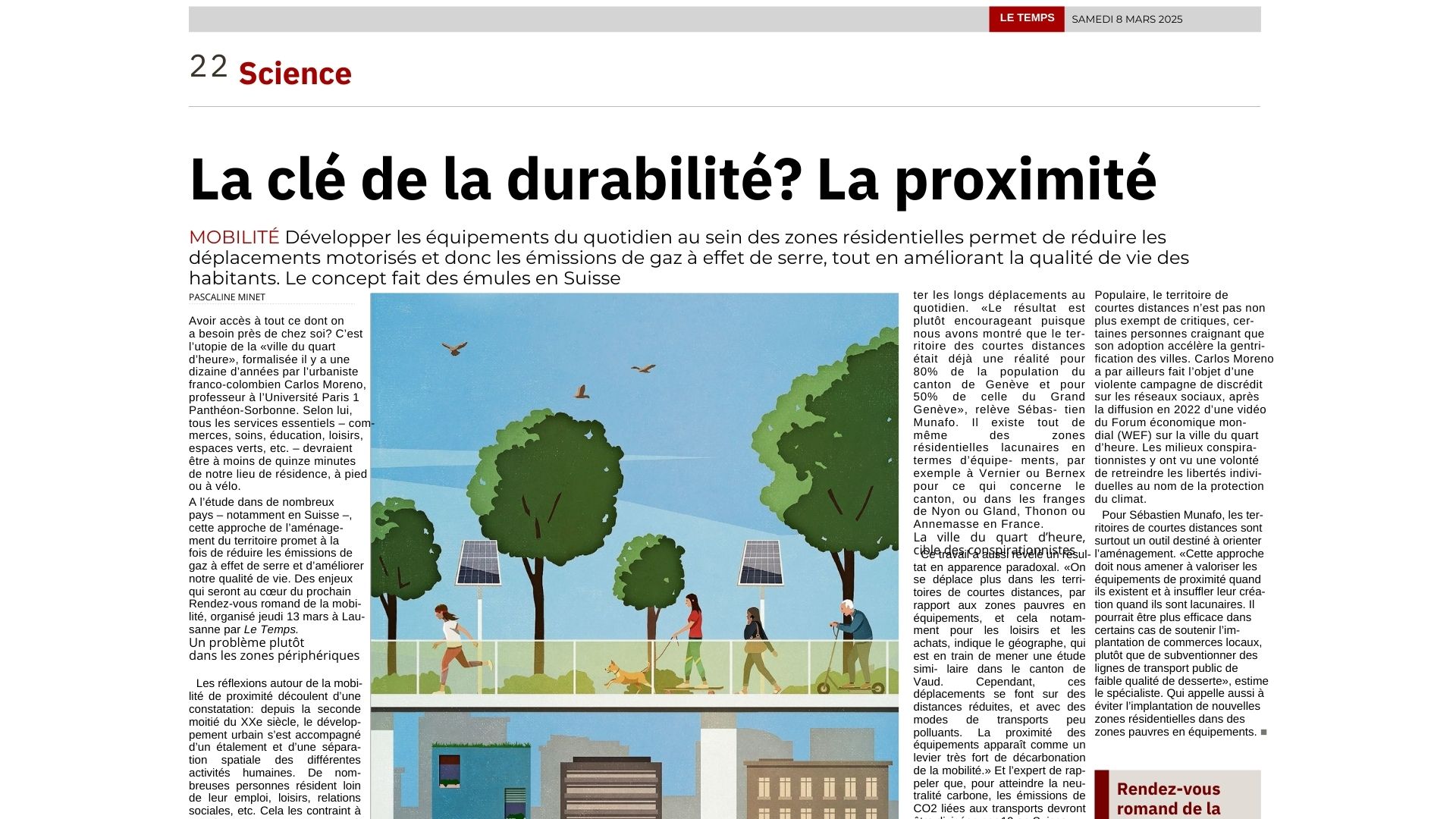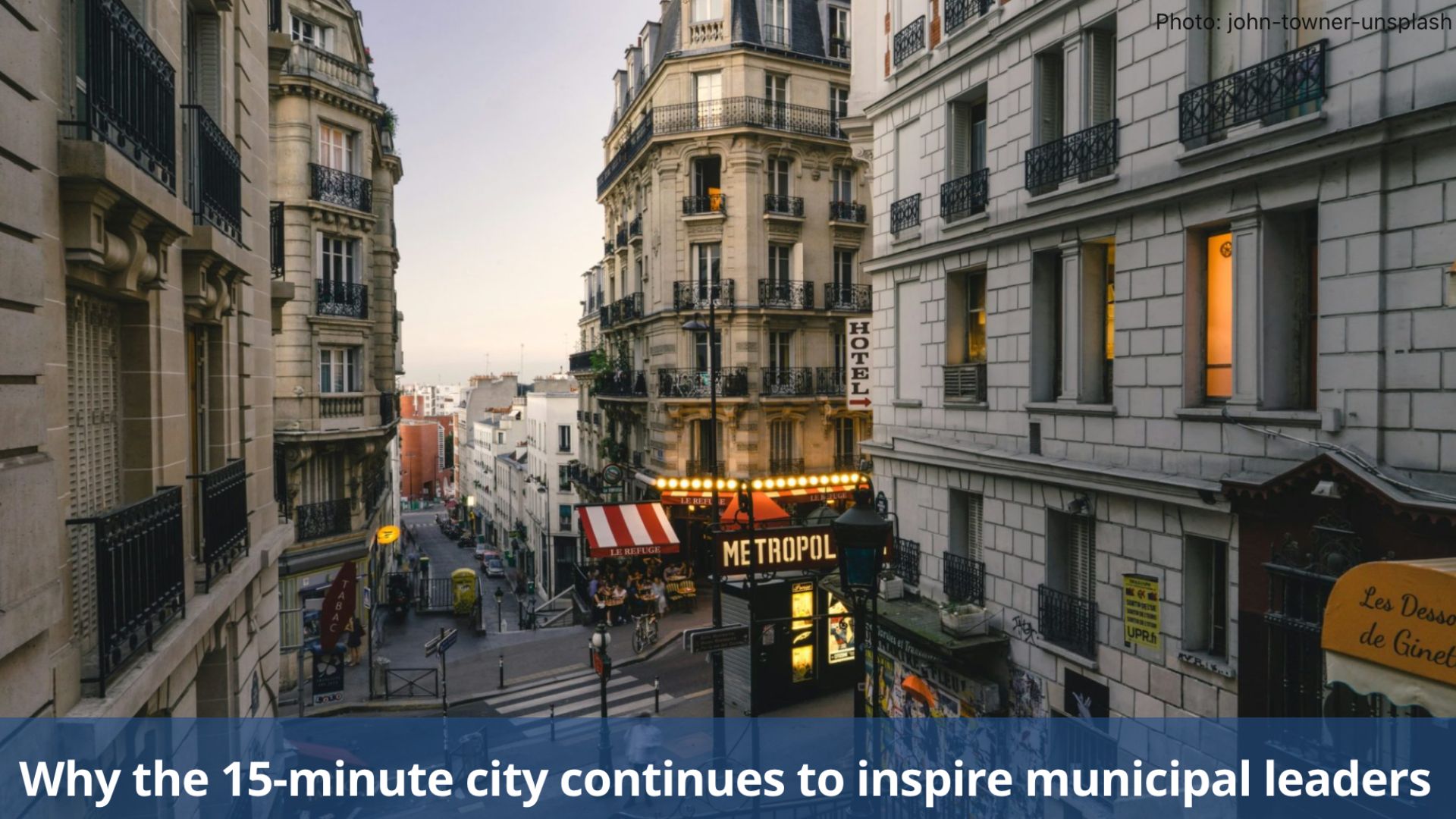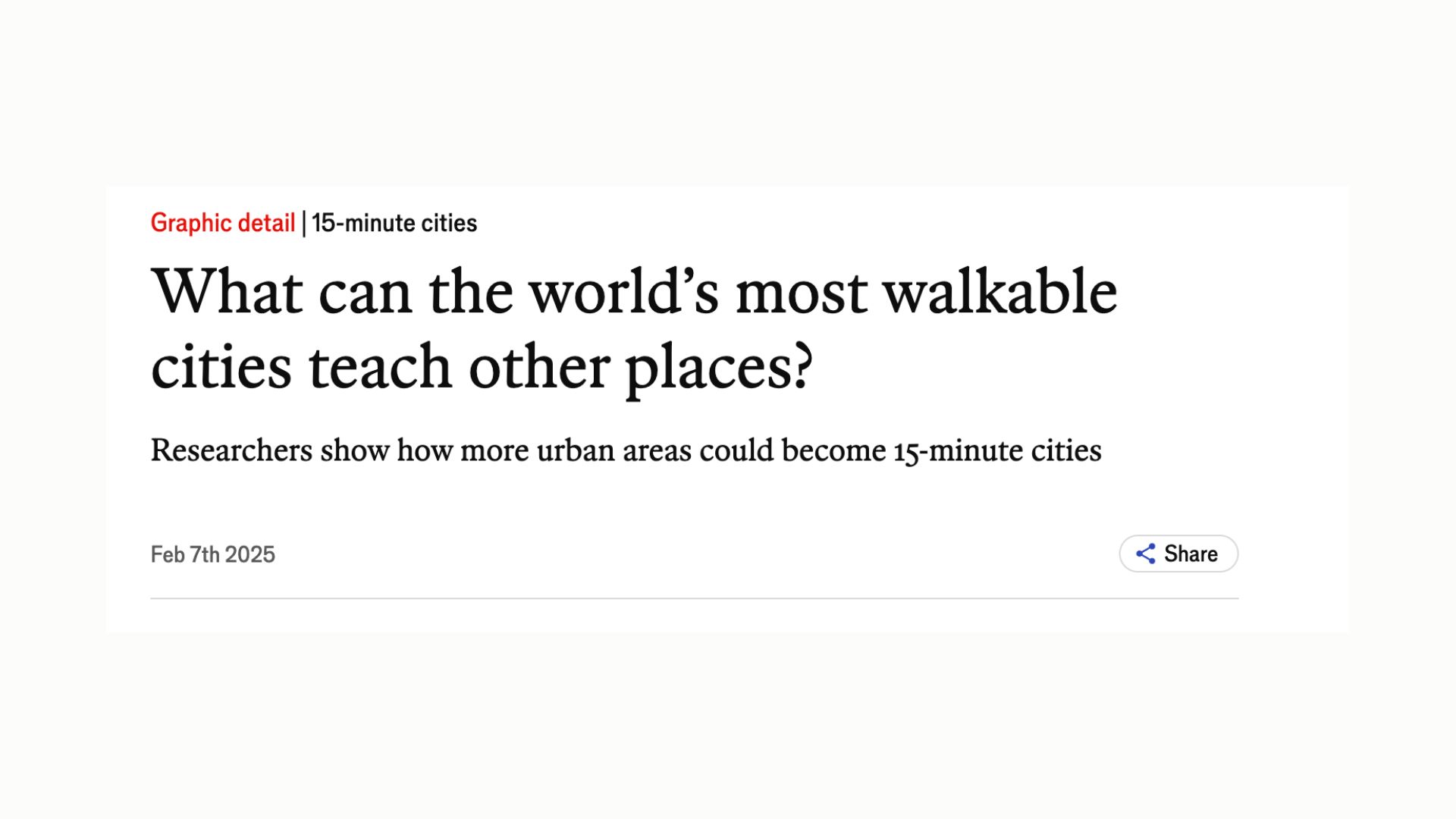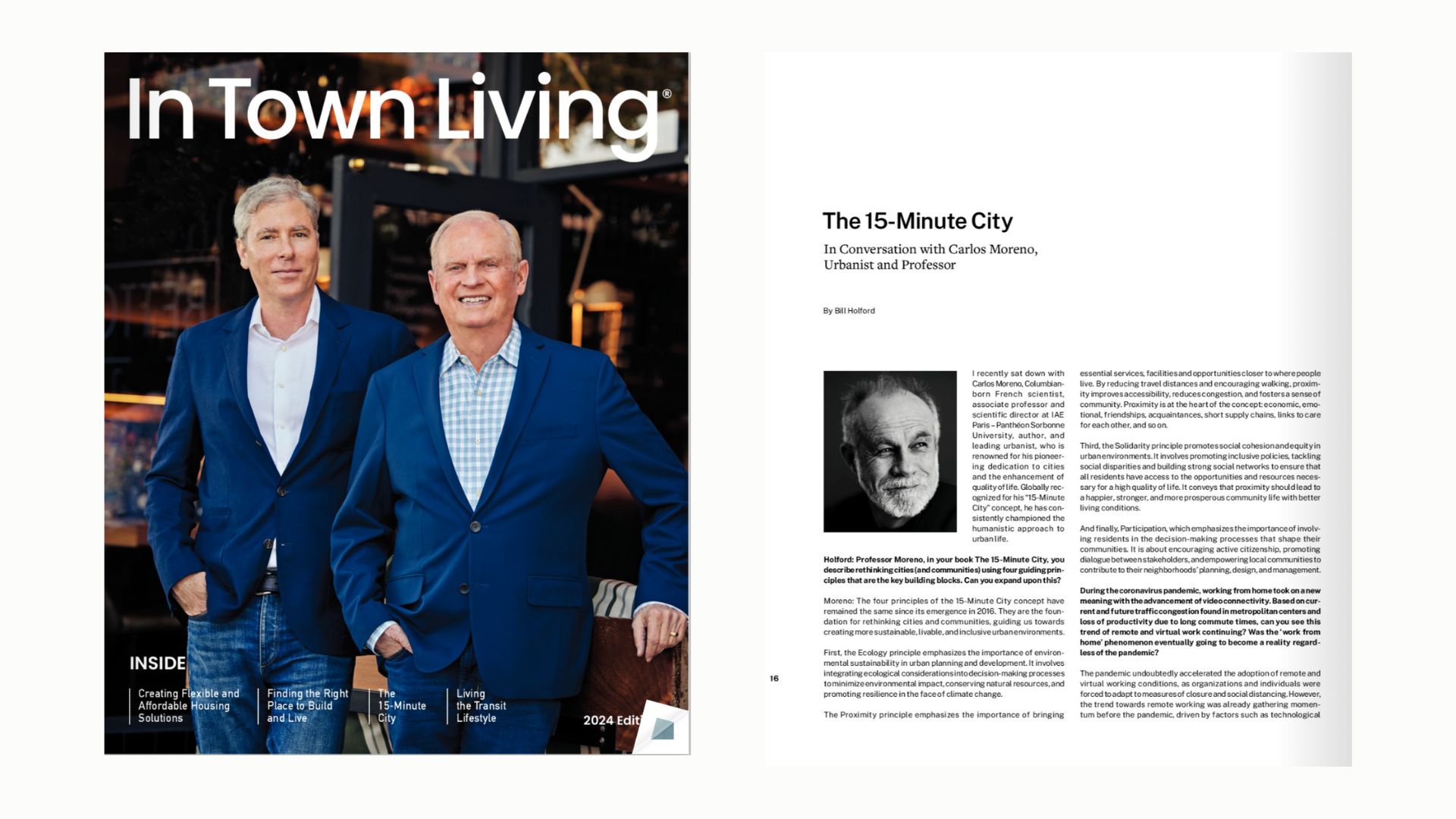Medellín, Colombia, has become a model for how cities can use mass transit to drive social and economic change. In the 1990s, the city was known as one of the most dangerous places in the world. However, over the years, Medellín has transformed itself into a world leader in innovation and urban planning. One of the key elements of this transformation has been its transportation system, which includes aerial cable cars, metro, trams, buses, and free public bikes. These cable cars, in particular, have been a game-changer for the city, connecting its poorest communities to the rest of the city in a fast and efficient manner.
The cable cars, which were the first of their kind to serve the poorest communities, have brought significant benefits to residents. They have reduced commute times, increased accessibility to education and healthcare, and improved the overall quality of life for the city’s residents. The success of the cable cars has been attributed, in part, to the city’s focus on social inclusion and its commitment to involving the affected communities in the planning and design process.
However, experts caution that while Medellín’s transportation success is commendable, there are still challenges that need to be addressed. Despite the progress made, the city still struggles with inequality and poverty. The story of Medellín’s cable cars serves as a lesson for other cities that are looking to replicate its success and shows that a focus on social inclusion and community involvement is key to a successful transportation system.
